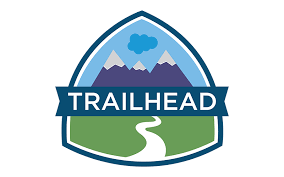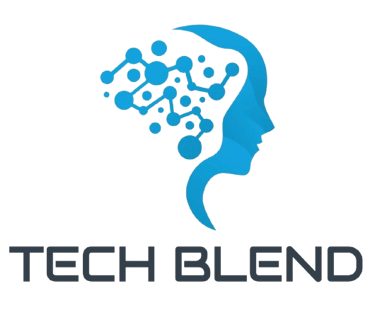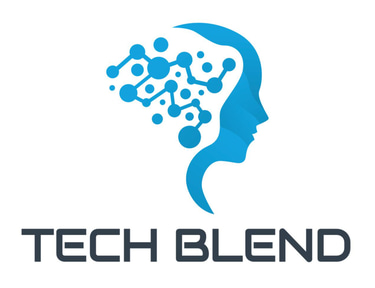Build Applications Programmatically on the Salesforce Platform - DEX-450
Learn how to customize and design pro-code applications on the Salesforce Platform using Apex, Visualforce markup, and the Lightning Component Framework. In this 5-day class, learn how to develop and deploy custom pro-code solutions by writing and testing custom logic, and by customizing the user interface with basic Visualforce pages and Lightning Web Components. Examine how Apex interacts with no-code customizations on the platform, gain a basic understanding of no-code automation tools, and explore the nuances of working on a multi-tenant platform to build cohesive pro-code solutions that meet business demands.
Who should take this course?
This course is designed for developers looking to write pro-code customizations for business logic and user interface (UI) layers using Apex, Visualforce, and Lightning Web Components. Students will ideally have a solid understanding of core object-oriented programming concepts and experience building no-code solutions on the Salesforce Platform, although this is not required. This is also a great class for developers looking to earn their Salesforce Platform Developer I credential.
IMPORTANT: Students are expected to follow the steps detailed in the Computer Set-up Guide for this class if you’ll be using your own computer when attending a virtual or in-person class.
When you complete this course, you will be able to:
• Design custom pro-code solutions that effectively leverage no-code customizations.
• Write basic Lightning Web Components and basic Visualforce markup and code to customize the UI.
• Use Apex triggers and classes to write business logic customizations that use Salesforce Object Query Language (SOQL), Salesforce Object Search Language (SOSL), and Data Manipulation Language (DML).
• Test Apex by using the built-in testing framework.
• Explain how trigger code works in accordance with the Salesforce Order of Execution.
• Understand key fundamentals of designing programs on a multi-tenant platform.
• Use Visual Studio Code, the Salesforce Extension Pack, and Salesforce Command Line Interface (CLI) to learn about modern toold for developing on the Salesforce platform.
Prepare for the course with this Trailmix.
Programmatic Development Using Apex and Visualforce Pre-work
Please complete the following before attending our expert-led class.
Lessons and Topics
No-Code Automation
• Create Formula Fields
• Create Roll-Up Summary Fields
• Understand Record Types and Dynamic Forms
• Review Additional Automation Tools
Apex Coding
• Define Apex
• Identify Key Characteristics of Apex and Other Coding Languages
• Examine the Role of Transactions and Governor Limits in Writing Apex
• Execute Simple Apex
• Discover sObjects, Primitive Data Types, and Basic Control Statements
Org Data Retrieval Using SOQL & SOSL
• Define SOQL
• Write a Basic SOQL Query
• Process Query Results with Apex
• Create a Query Dynamically at Run-Time
• Define a Relationship Query
• Query Parent-Child Relationships Using SOQL
• Write Child-to-Parent and Parent-to-Child Relationship Queries
• Define SOSL
• Search Data Using SOSL
Org Data Manipulation Using DML
• Define DML
• Identify Different Methods for Invoking DML Operations
• Use Apex to Invoke DML Operations and Handle DML Errors
Deployment
• Define Deployment
• Deploy Code Using Change Sets
• Examine Managed, Unmanaged, and Unlocked Packages
• Explore Salesforce DX
• Discover the Salesforce DevOps Center
Apex Trigger Essentials
• Define Apex Triggers
• Review Apex Trigger Use Cases
• Examine Trigger Definition Syntax
• Use Trigger Context Variables
Apex Class Essentials
• Define Apex Classes
• Review Apex Class Use Cases
• Identify Apex Class Data Access Capabilities
Order of Execution, Apex Transactions, & Platform Events
• Define the Salesforce Order of Execution
• Discover How Triggers May be Used and Impacted by the Order of Execution
• Examine the Apex Transaction Lifecycle
• Learn Static Attributes of Memory Lifecycles
• Implement Error Logging Using Platform Events
Apex Testing
• Define the Apex Testing Framework
• Create Apex Test Data
• Write and Run an Apex Test
• Review Apex Testing Best Practices
Design Strategies for Efficient Apex Solutions
• Identify Apex Code Writing Best Practices
• Use Input Data Batches to Write Apex Triggers and Classes
• Write Efficient Database Querying and DML Code
Apex Trigger Design Strategies
• Define No-Code Solutions to Implement Complex Business Logic
• Improve Pro-Code Solutions Using No-Code Functionality
Visualforce
• Create a Basic Visualforce Page
• Reference Standard Controllers
• Display Record Data in a Visualforce Page
• Reference Custom Controllers and Controller Extensions
• Utilize List Controllers
Lightning Web Components
• Review the Lightning Component Framework
• Examine Aura and Lightning Web Component Structure
• Create Custom Lightning Web Components
• Create a Custom Lightning Application
• Utilize Lightning Web Component Properties and Events
• Display and Modify Record Data
• Reference Base Lightning Web Components
• Reference the Salesforce Lightning Design System
• Surface Custom Lightning Web Components


Contact us
Whether you have a request, a query, or want to work with us, use the form below to get in touch with our team.


Our Locations
Ireland Office:Unit 3D NorthPoint House, NorthPoint Business Park, New Mallow Road, Cork, T23 AT2P
UK Office: The Mille , 1000 Great West Road , Brentford , London , TW8 9DW
Hours
Monday- Friday 9:00-18:00
Saturday-Sunday Closed
Contacts
+44 (0)3337722566 , +44 7934492837
info@techblend.live


Techblend LTD All rights reserved @copyright2024
